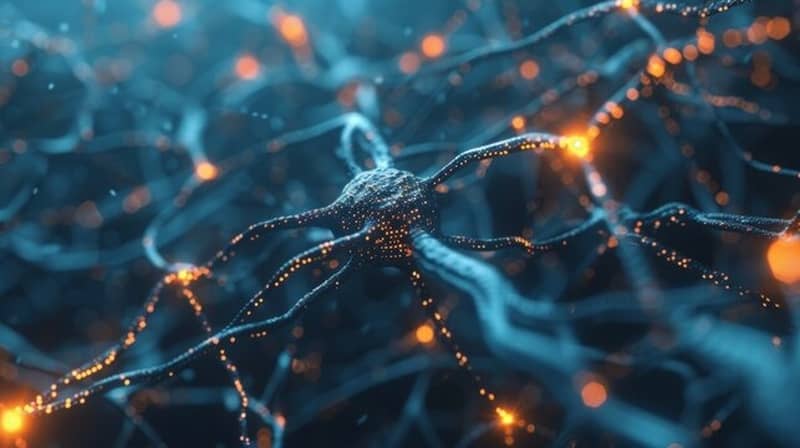
Imagine a future where machines so small they defy the limits of human vision could transform entire industries, medical practices, and environmental solutions. This vision is becoming a reality with the development of nanobots—tiny robots operating on a nanoscale, typically between 1 to 100 nanometers. These microscopic marvels are not only captivating the imaginations of scientists and engineers but are poised to revolutionize numerous fields with their innovative applications.
Nanobots, or nanorobots, represent a cutting-edge frontier in technology. They are designed to operate at a scale far smaller than the width of a human hair, allowing them to interact with the molecular and cellular levels. The idea of such minuscule machines was first proposed by physicist Richard Feynman in his 1959 lecture, “There’s Plenty of Room at the Bottom,” where he envisioned machines operating at atomic scales. This visionary concept has evolved into a burgeoning field of research and development.
The journey from Feynman’s theoretical musings to practical nanobot applications has been marked by significant milestones. Early developments focused on creating simple molecular machines and rudimentary nanobots. As technology advanced, researchers achieved more sophisticated designs capable of performing complex tasks. These advancements have paved the way for nanobots to address real-world challenges in various domains.
Environmental and Industrial Applications
Nanobots could revolutionize water purification processes. They are capable of removing contaminants such as bacteria, viruses, and chemical pollutants, thereby providing cleaner and safer drinking water. This technology could be especially valuable in regions suffering from water scarcity or severe contamination, offering a solution to one of the world’s pressing issues.
In the industrial sector, nanobots offer the potential for precision manufacturing and maintenance. They could be used to assemble components at the atomic level, leading to the production of high-performance materials and devices with unprecedented accuracy. Additionally, nanobots could perform microscopic repairs on machinery, extending the lifespan of equipment and reducing downtime, which is crucial for maintaining operational efficiency.
Understanding how nanobots work involves exploring their intricate mechanisms. These tiny machines operate using a combination of mechanical, chemical, and biological principles. For instance, some nanobots utilize nanoscale gears and sensors, while others rely on chemical reactions for movement and function. Powering such small devices presents unique challenges, with research focusing on various energy sources, including external lasers or electromagnetic fields.
Nanobots Control and Navigation
Controlling and navigating nanobots also requires sophisticated techniques. They can be guided using external signals or programmed for autonomous operation based on their environment. Advances in communication and control systems are crucial for enhancing the precision and functionality of these tiny machines, enabling them to perform complex tasks effectively.
Despite their potential, the development of nanobots faces several technical and ethical challenges. Technical issues include fabrication difficulties, energy supply constraints, and ensuring effective operation in diverse environments. Addressing these challenges is essential for creating reliable and functional nanobots that can operate effectively in real-world scenarios.
Ethical considerations are equally important. The potential for misuse, such as surveillance or privacy violations, raises concerns that need to be addressed. Additionally, the long-term effects of nanobots on human health and the environment require thorough investigation. Developing ethical guidelines and regulatory frameworks will be crucial to ensuring that nanobot technology is used for the greater good.
The Future of Nanobots
Looking to the future, the potential innovations in nanobot technology are both exciting and transformative. Ongoing research is likely to yield advanced applications, such as targeted gene therapy, autonomous environmental cleanup, and enhanced industrial processes. As technology continues to evolve, the impact of nanobots on various fields will likely expand, offering new solutions and opportunities.
Nanobots represent a revolutionary frontier in technology with the potential to transform medical treatments, environmental solutions, and industrial processes. While there are challenges and ethical considerations to address, the promise of nanobots is immense. As research and development continue, we are on the cusp of a new era where these tiny machines could play a pivotal role in shaping our future.

